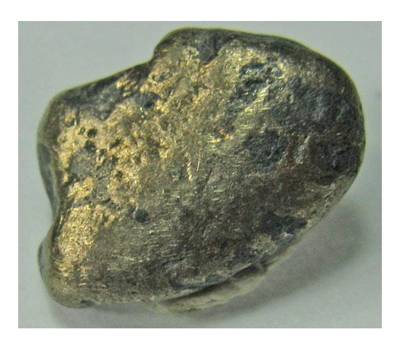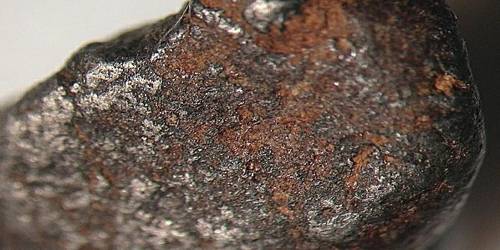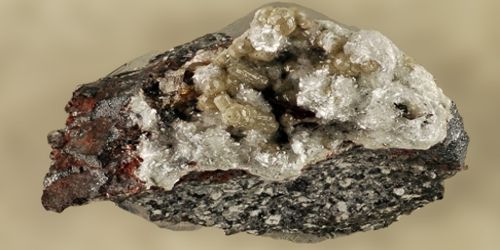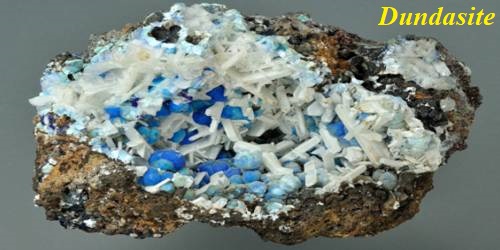Awaruite is a naturally occurring alloy of nickel and iron with a composition from Ni2Fe to Ni3Fe. It is a mineral consisting of a rare natural alloy of nickel and iron. It is not radioactive.
It was first described in 1885 for an occurrence along Gorge River, near Awarua Bay, South Island, New Zealand, its type locality.
Awaruite is also known as josephinite in an occurrence in Josephine County, Oregon where it is found as placer nuggets in stream channels and masses in serpentinized portions of the Josephine peridotite. Some nuggets contain andradite garnet.
General Information
- Category: Native element mineral
- Formula: Ni2Fe to Ni3Fe
- Strunz classification: Metals and intermetallic alloys
- Crystal system: Cubic
- Crystal class: Hexoctahedral (m3m).

Properties
- Color: Silver-white to grayish white
- Crystal habit: Massive; as pebbles, grains, and flakes; rarely as crystals;
- Tenacity: Malleable and flexible
- Mohs scale hardness: 5.5 -6
- Luster: Metallic
- Diaphaneity: Opaque
- Specific gravity: 7.8–8.65.
Occurrence
Awaruite occurs in river placer deposits derived from serpentinized peridotites and ophiolites. It also occurs as a rare component of meteorites. It occurs in association with native gold and magnetite in placers; with copper, heazlewoodite, pentlandite, violarite, chromite, and millerite in peridotites; with kamacite, allabogdanite, schreibersite, and graphite in meteorites.
Information Source;
















